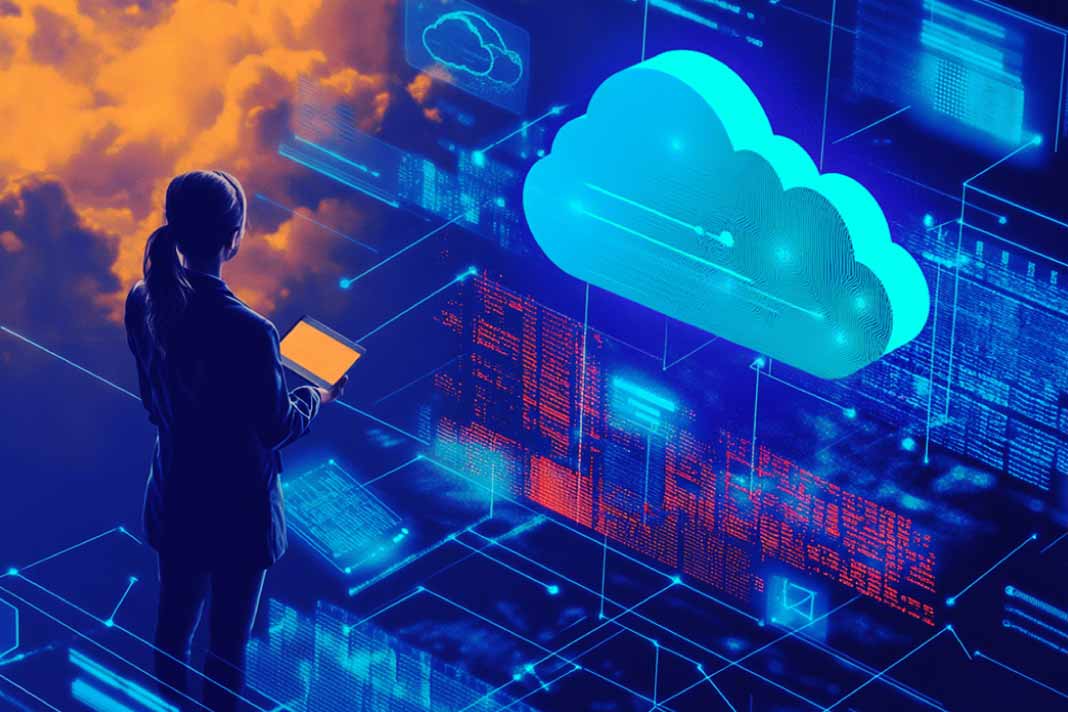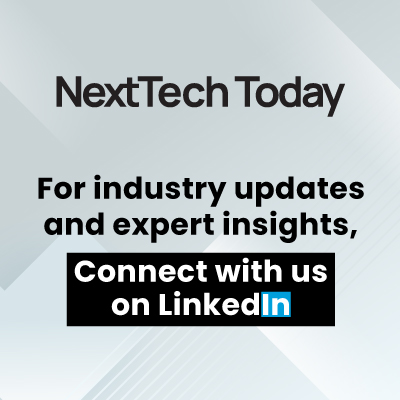What is cloud-native observability? Discover how AI-driven monitoring optimizes microservices, reduces downtime, and streamlines DevOps workflows.
Defining Cloud-Native Observability
Cloud-native observability is the capacity to understand highly complex cloud applications and systems—typically microservices-based and often serverless—by analyzing their outputs and telemetry data.
It distinguishes itself from traditional observability by addressing the specific volatility of cloud environments. In these systems, containers, virtual machines, and resources are provisioned and de-provisioned instantaneously, generating massive volumes of often ephemeral data.
Cloud-native observability solutions allow organizations to track key data points within this mutable landscape, supporting the DevOps process and its cadence of small, frequent, and automated updates.
These platforms aggregate data across an organization’s hybrid cloud environment, which may encompass services from multiple providers (such as Microsoft Azure and Amazon Web Services), on-site servers, and orchestration tools like Kubernetes. They provide actionable insights into metrics such as network traffic, latency, and cross-platform correlations, often automating visualization and necessary repairs.
For instance, a platform might collect latency metrics from a virtual machine, logs regarding API calls from Kubernetes containers, and data on network events, such as new application deployments. By synthesizing this data into a root cause analysis, administrators gain concrete insight into the origins of downtime.
Increasingly, these platforms leverage artificial intelligence (AI) and machine learning (ML). According to a 2025 report from 451 Research, 71% of organizations using observability solutions now rely on AI features—a significant increase from 26% in 2024.
Many leading tools, such as OpenTelemetry, Jaeger, and Prometheus, are open source. This community-driven approach enables rapid, targeted fixes and provides organizations with greater flexibility in integrating tools across unpredictable cloud-native environments.
How It Works
Cloud-native observability tools collect logs, traces, and metrics from across the ecosystem, presenting raw data and analysis through dashboards that monitor both application health and business objectives.
Data Collection
In an environment dominated by microservices, the rapid appearance and disappearance of containers create a unique challenge: tracking data from sources that may no longer exist. Observability tools facilitate the aggregation of CPU memory data, app logs, availability information, and latency within these shifting networks.
These platforms rely on the three pillars of observability:
- Logs: Granular, time-stamped, and immutable records of application events. They provide a high-fidelity context for every event, essential for debugging.
- Traces: Records of the end-to-end “journey” of a user request, tracking it from the user interface through the architecture and back.
- Metrics: Fundamental measures of system health over time, such as memory usage or latency during usage spikes.
Monitoring and Analysis
Visibility is paramount. Monitoring tools clarify how services interact using dependency graphs and how they integrate into the broader architecture. While traditional Application Performance Management (APM) tools aggregated data for reports, modern tools often offload basic telemetry to the Kubernetes layer. This automation allows IT teams to focus on high-level analysis, such as Service-Level Objectives (SLOs) and Service-Level Indicators (SLIs).
Beyond mere collection, modern software automates debugging and creates “agent handling” processes—deploying small software components throughout an ecosystem to continuously gather data.
The Benefits
Practicing cloud-native observability offers a comprehensive view of complex systems, reducing mean time to repair (MTTR) and deeply integrating automation into the DevOps workflow.
- System Transparency: In distributed systems, overlapping servers often fail to share data cleanly. Observability tools break down these silos, enabling real-time troubleshooting and data-driven decision-making.
- Quicker Recovery: By identifying correlations—such as a global slowdown coinciding with high latency in a specific region—platforms can pinpoint misconfigured servers. This shifts the paradigm from triaging incidents to resolving impending issues before they result in downtime.
- Increased Automation: The volume of telemetry data in the cloud renders manual analysis nearly impossible. AI and ML tools are essential for detecting anomalies and utilizing predictive analytics, such as provisioning infrastructure ahead of anticipated traffic spikes.
The Challenges
Despite its utility, cloud-native observability presents hurdles regarding scale, tool sprawl, and privacy.
- Scaling and Complexity: Organizations must strike a balance between visibility, storage costs, and performance constraints. Without strategic data sampling, the sheer volume of information can overwhelm the platform, making it difficult to manage.
- Tool Fragmentation: Most enterprises operate a stack accumulated over years, spanning multiple languages, legacy systems, and multi-cloud environments. This fragmentation makes interoperability difficult, threatening the goal of a unified system view.
- Privacy and Compliance: Aggregating data creates risk. Telemetry data often contains Personally Identifiable Information (PII) or protected health information (PHI), subject to GDPR or HIPAA regulations. Without robust masking and role-based access controls, cross-border data access can lead to significant regulatory violations.
Observability and AIOps
Cloud-native observability is a foundational element of AIOps, which is the application of AI to IT operations. By providing high-fidelity visibility, observability gives organizations the confidence to let AI tools automate provisioning and troubleshooting decisions. Key functions include anomaly detection to identify performance deviations and root-cause analysis that suggests direct corrective actions.
Cloud-Native vs. Full-Stack Observability
While related, these concepts are distinct from one another. Full-stack observability correlates telemetry across all layers of the technology stack to detect anomalies and predict failures. Cloud-native observability is the evolution of this practice, specifically adapted for the volatility of serverless and containerized cloud environments.
This article was adapted from an IBM Think report.



